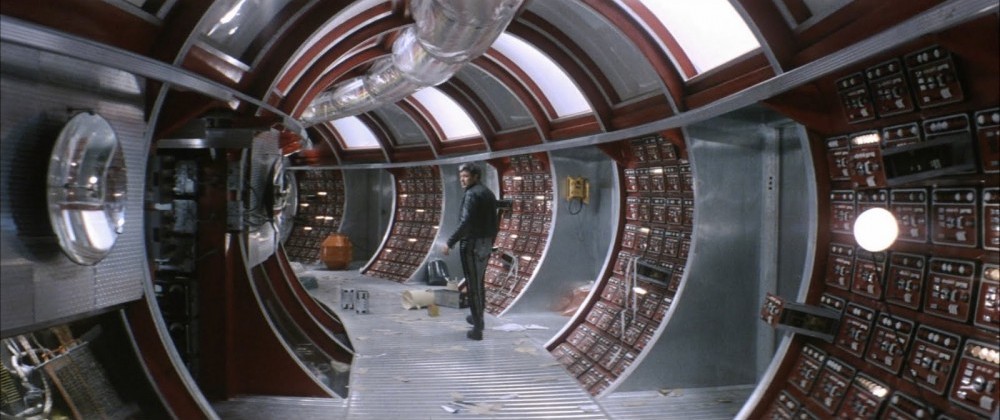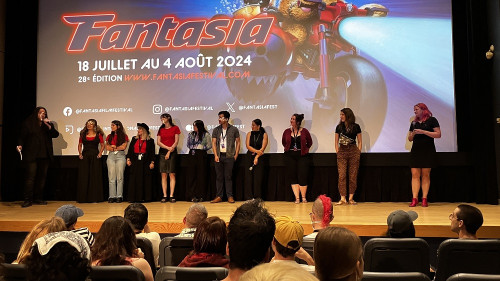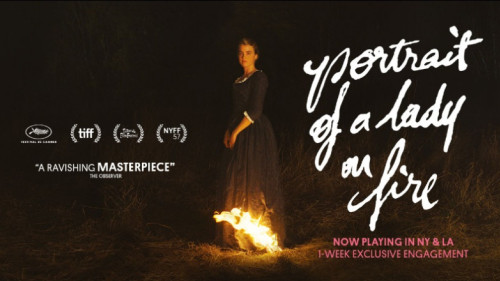Volume 18, issue 3 / March 2014
Memory, Cinema and Time
In this issue
-
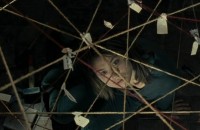
Personal/Memory Time: Past and Present Merging on the Screen (Wild Strawberries, Spider, Solaris, and Eternal Sunshine of the Spotless Mind)
-

The Disappearance (1977, Stuart Cooper): Melancholy and Murder
A Canadian Nugget From the 1970s from Twilight Time
-

Out of Time: The Costumes of Bad Timing (1980)
-
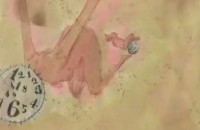
Chronos Pulls the Strings: Roaming thoughts On Koji Yamamura’s Muybridge’s Strings (2011)
-
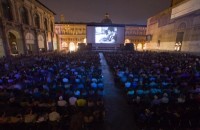
“Japan Speaks Out!” at the 27th edition of Il Cinema Ritrovato at Bologna, Italy, 29 June–6 July, 2013
In this issue we feature the enigma of memory and time as represented across several groups of different films. The first essay is a review of a recent Blu Ray release of a hidden gem from the dustbin of Canadian film history, The Disappearance, in fact a co-production with the UK, directed by American Stuart Cooper and featuring a sterling cast of Canadian and British actors. The memory theme impacts the film’s narrative structure, dissolving an otherwise tepid crime drama into a jumbled time frame predicated on a hired killer’s (played by Donald Sutherland) Proustian recollections of his missing wife. Elisa Pezzotta’s follow-up essay cleverly groups together Ingmar Bergman’s Wild Strawberries, David Cronenberg’s Spider, Andrei Tarkovsky’s Solaris, and Michel Gondry’s Eternal Sunshine of the Spotless Mind as films where characters are overwhelmed by a past which impinges on the present as a consequence of varying factors (old age, nearing death, mental illness, alien powers, etc.). Pezzotta likens these inner ‘travels’ as a form of time travel, only through ‘personal’ time rather than a worm hole. The British director Nicolas Roeg has made a career out of fashioning complex mosaics of time and memory and has produced some of the greatest films dealing with this most cinematic of themes. Frequent Offscreen contributor Elaine Lennon tackles one of these Roeg classics, Bad Timinmg: A Sensual Obsession, and concentrates her in-depth analysis on the formidable contributions of costume designer Marit Allen. In Lennon’s study costume greatly informs characters emotional and psychological states, which in turn shape the narrative’s complex temporal order. The final two pieces are also linked by their Japanese content. The first, “Chronos Pulls the Strings: Roaming Thoughts on Koji Yamamura’s Muybridge’s Strings (2011),” lines up nicely with this issue’s theme, concentrating on both time, as expressed in the material possibilities of film, and human memory as expressed through a mother and child. The subject of course is the scientist and proto-filmmaker Eadward Muybridge, whose motion studies in the late 19th century set the path for what Bergson would call the attempt of art to “spatialize time.” The final article, not linked to the issue’s broader theme, but to the latter, concerns the 2nd of a planned three part retrospective on early Japanese Talkies at Bologna’s Il Cinema Ritrovato.” The retrospective premiered at the 2012 26th rendition of the festival, and Peter Rist (who did not attend the first) reports on Part two, at the 27th edition, in anticipation of the third and final installment, which will take place between June 28 and July 5, 2014. (Donato Totaro, ed.)

